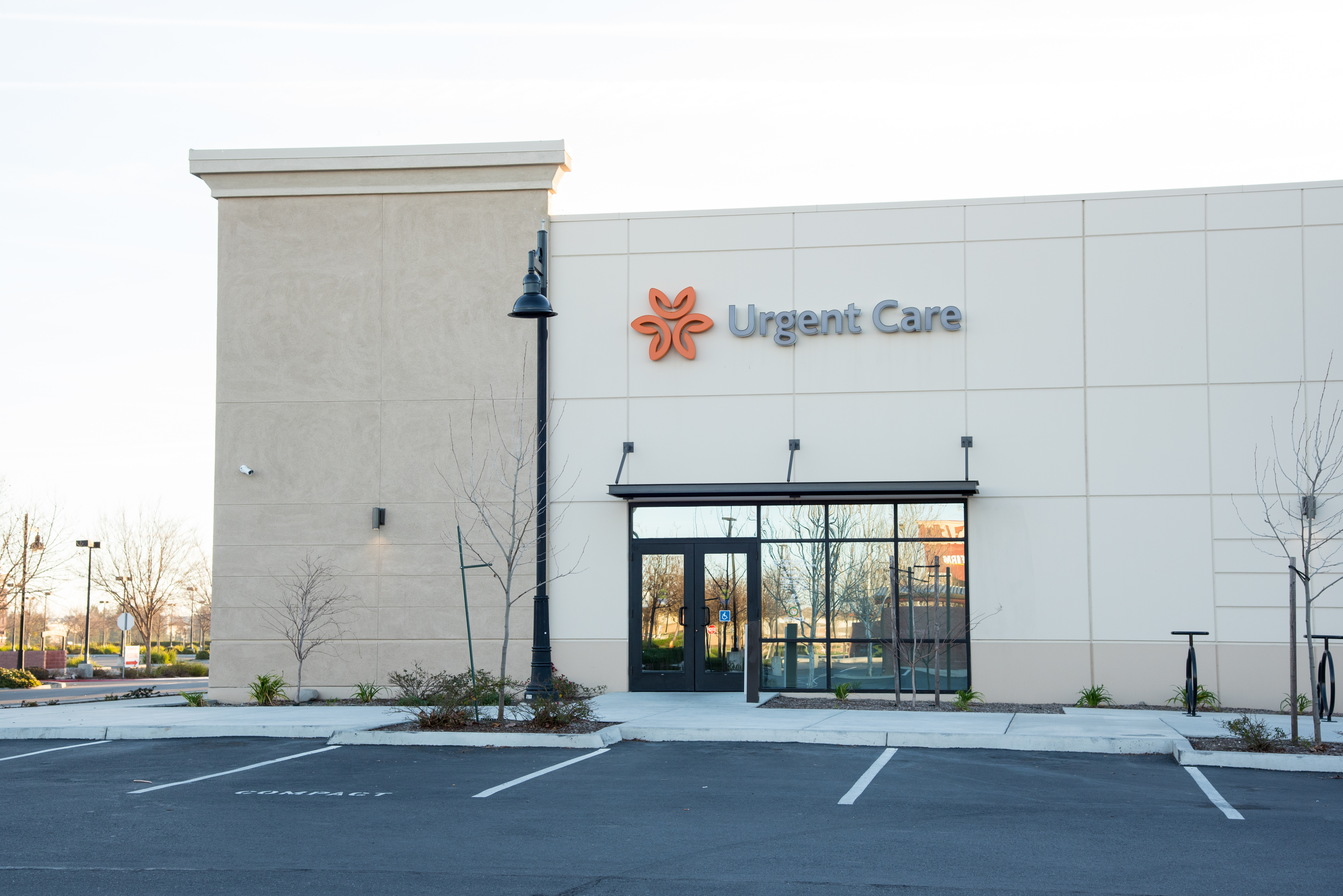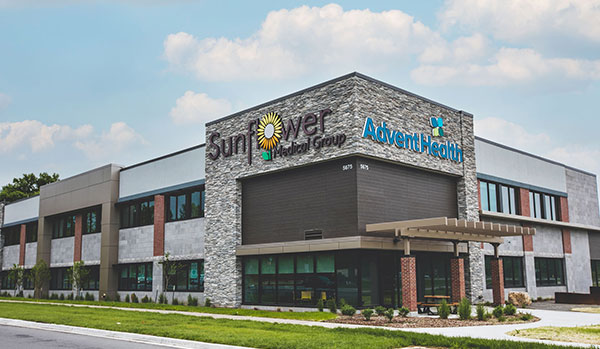How Our Clinic Guarantees Top-Notch Urgent Care for Every Person
Wiki Article
Understanding the Function of Urgent Care in Offering Timely Treatment for Non-Life-Threatening Conditions
Urgent treatment centers have emerged as a vital component of the medical care landscape, resolving the immediate needs of clients with non-life-threatening problems. By providing timely and available clinical services, these facilities effectively connect the space between medical care and emergency departments. The ramifications of their duty extend past simple convenience, triggering a more detailed assessment of when and how these centers are used. Understanding the subtleties of urgent treatment can considerably impact person end results and the total performance of health care shipment. What factors contribute to their growing significance in modern medication?What Is Urgent Care?
Immediate care refers to a classification of medical services made to deal with non-life-threatening problems that need immediate interest. These centers work as an intermediary between health care medical professionals and emergency clinic, providing a convenient alternative for clients that require punctual treatment without the considerable waiting times generally related to emergency situation departments.Immediate care centers are normally staffed by physician, including medical professionals, nurse specialists, and physician aides, that are trained to identify and deal with a large array of conditions. Common solutions given by these facilities include therapy for minor injuries, diseases, and infections, in addition to diagnostic examinations such as X-rays and research laboratory work.
In addition, urgent treatment centers often accept walk-in clients, eliminating the requirement for consultations. In general, immediate care plays an important duty in the healthcare system, guaranteeing individuals can access important clinical services promptly and effectively.

Several individuals may locate themselves unpredictable regarding when to seek treatment at an urgent care facility rather than a health care medical professional or an emergency clinic. Immediate care is made to deal with non-life-threatening problems that call for prompt interest but are not serious adequate to require an emergency clinic see.
Typically, one must consider immediate take care of issues such as minor cracks, sprains, cuts calling for stitches, or infections like urinary tract infections. Furthermore, cool or flu symptoms, breakouts, and sensitive reactions can likewise be properly managed in this setup.
It is necessary to note that immediate treatment is not ideal for lethal emergency situations, such as chest discomfort, trouble breathing, or extreme bleeding, which require prompt emergency area treatment.
People that do not have access to a medical care doctor or can not protect a prompt consultation might additionally take advantage of urgent treatment solutions. Ultimately, recognizing when to utilize urgent care can lead to much more effective health care shipment, enabling clients to get the suitable level of care based on their specific health demands.
Advantages of Urgent Treatment Centers
Picking immediate care centers for non-life-threatening conditions offers numerous benefits that improve individual experience and availability. One main benefit is the reduced wait times contrasted to standard emergency clinic. Urgent treatment centers normally run on a first-come, first-served basis, enabling patients to obtain prompt medical attention without the lengthy hold-ups typically connected with medical facility setups.In addition, urgent care facilities offer extended hours, consisting of weekend breaks and evenings, suiting individuals with varying timetables. This versatility guarantees that people can seek treatment when it is most practical for them, further advertising prompt treatment.

In addition, these centers typically provide a comprehensive range of solutions, including diagnostic examinations and minor treatments, all under one roof. This consolidation of solutions not only simplifies the individual experience but additionally promotes a more natural method to managing non-life-threatening wellness problems, ultimately profiting overall person results.
Common Conditions Dealt With
At urgent care facilities, a variety of non-life-threatening conditions can be properly treated, supplying patients with easily accessible and prompt clinical assistance. These facilities are specifically experienced at dealing with problems that call for prompt interest however do not posture an immediate danger to life or arm or leg.Common conditions treated at immediate treatment facilities include minor injuries such as strains, cracks, and pressures. Immediate treatment centers Continued are equipped to perform required analysis tests, such as X-rays and laboratory examinations, allowing them to offer extensive care.
Furthermore, immediate treatment companies can provide vaccinations, aiding to stop the spread of contagious diseases - Urgent Care. They additionally provide services for small procedures, such as suturing injuries or draining pipes abscesses. By offering these varied services, immediate care centers play a crucial role in linking the space between health care and emergency situation services, making certain clients receive timely treatment for a variety of conditions without the requirement for long delay times typically connected with emergency areas
How Urgent Treatment Supports Health Care System
Immediate care facilities play an essential duty in supporting the total healthcare system by easing the problem on emergency situation divisions and giving timely access to treatment for non-life-threatening conditions. By taking care of situations such as small injuries, infections, and illnesses, immediate treatment facilities permit emergency divisions to concentrate on even more crucial individuals needing prompt attention.Furthermore, immediate care centers enhance healthcare access, offering prolonged hours and an extra practical alternative to standard health care setups. This availability is especially advantageous for patients who may not have a regular medical professional or who require instant treatment beyond typical office hours. Therefore, immediate treatment facilities properly lower improve and wait times patient complete satisfaction.
Furthermore, immediate treatment facilities contribute to cost savings for both clients and the healthcare system by offering lower-cost services compared to emergency situation divisions. This economic performance is essential in a period of increasing health care expenses, allowing patients to receive necessary treatment without sustaining outrageous expenditures.
Final Thought
In final thought, urgent treatment facilities play a crucial function in the healthcare system by delivering punctual treatment for non-life-threatening conditions. By linking the void between health care and emergency situation spaces, these facilities make certain that individuals get timely clinical interest without the lengthy delay times normally associated with emergency situation divisions. The ease of access and efficiency of immediate treatment facilities contribute significantly to alleviating the total concern on healthcare sources, boosting client outcomes, and advertising a much more effective healthcare delivery system.Immediate treatment facilities have arised as a crucial part of the medical care landscape, attending to the immediate demands of clients with non-life-threatening problems. Urgent treatment you can try here gos to usually incur reduced out-of-pocket expenses compared to emergency situation department sees, making care a lot more budget-friendly for patients without jeopardizing top quality. Urgent care facilities are equipped to carry out essential diagnostic tests, such as X-rays and lab examinations, enabling them to offer detailed treatment.
try this website By offering these diverse solutions, immediate treatment facilities play an important function in linking the void between primary care and emergency situation solutions, ensuring clients get prompt therapy for a vast range of conditions without the need for long wait times normally linked with emergency situation rooms.
Furthermore, urgent care centers improve health care availability, providing prolonged hours and a much more practical option to typical primary care setups.
Report this wiki page